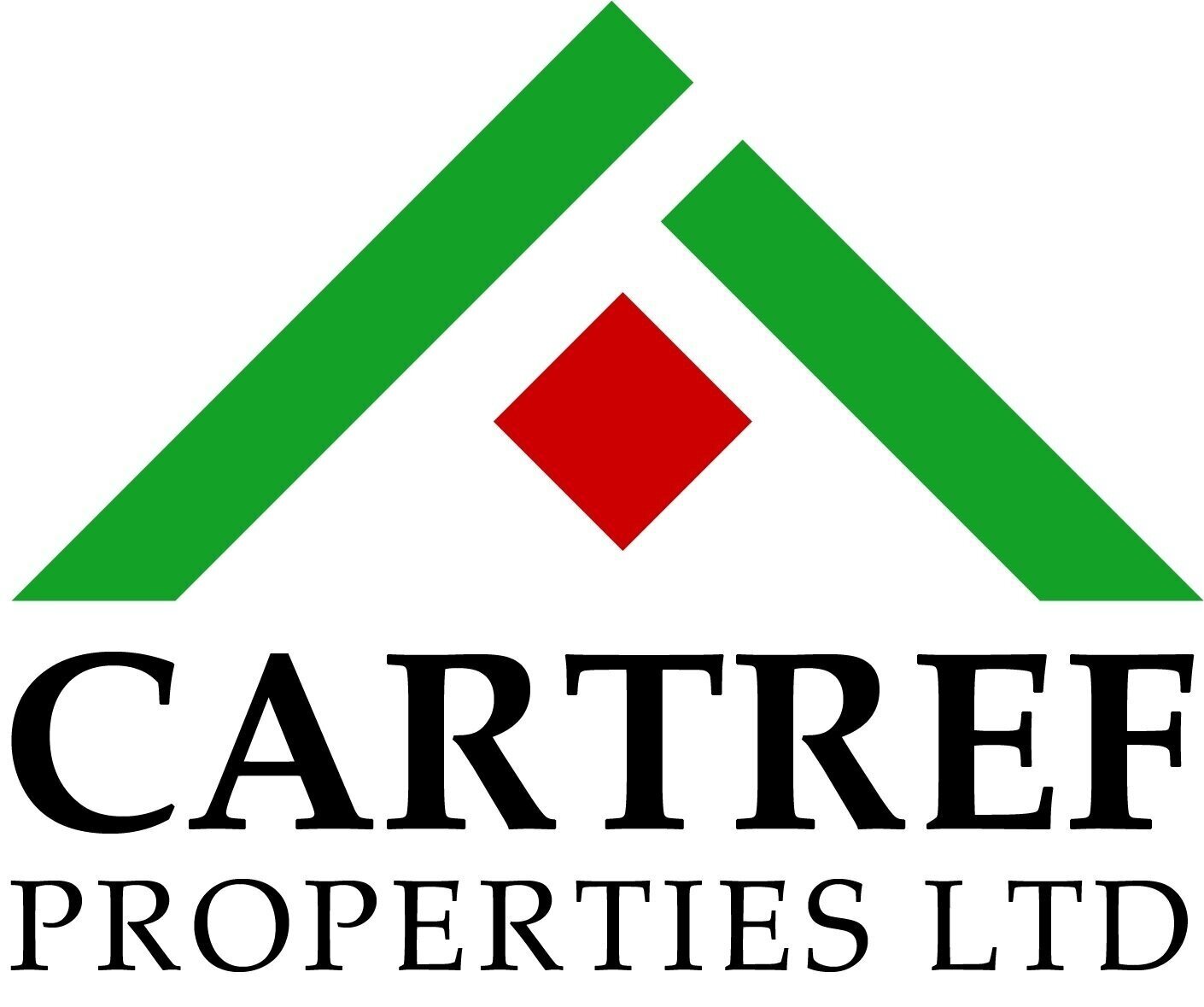Returning Security Deposits
At the end of the tenancy the Landlord and tenant must complete the move out process before the landlord returns the security deposit to the tenant.
The move out process includes completing the move out inspection with the tenant. At the start of the tenancy a condition inspection report should have been completed by the Landlord and the tenant. Landlords need to bring that same report to the move out inspection and compare the current condition of the property.
After reviewing the condition of the property at the end of the tenancy, both the Landlord and the tenant should sign the condition inspection report. The report has a section where Landlords and tenants can state they agree or why they disagree with the report. It is important for a tenant to sign the document, even when they disagree with what the Landlord indicates on the report. If the two parties are not able to agree on the condition and amount of the deposit to be returned, then the landlord must file a claim with the RTB to be allowed to keep those funds. When Landlords apply to the Residential Tenancy Branch requesting to keep the damage deposit they are required to submit the condition inspection report as evidence to why they should be allowed to keep all or part of the damage deposit.
When the Landlord fails to complete the inspection report at the end of the tenancy it becomes more difficult for the Residential Tenancy Branch to grant them permission to retain all or part of the damage deposit. Tenants signing the document benefits both parties. It benefits the tenant as they have the opportunity to write on the report why they disagree with it. It benefits the Landlord by showing the Residential Tenancy Branch they have completed the process correctly and have not violated their tenants rights during this process.
One other key factor both parties often misunderstand about returning deposits is, when the parties disagree with the inspection and the landlord files for a hearing, the Landlord is not required to return any of the deposit until after the hearing has completed. This also means the Landlord may not use any of those funds to pay for repairs at the property until after the hearing.
I always encourage both parties to accept some responsibility and reach an agreement that both can accept to end the process. Arguing over $50 for not cleaning carpets, a stove or a broken light fixture will take more time and effort than agreeing on a lesser amount with each party taking a small loss to complete the process.
With recent increases in interest rates the returning of security deposits has changed for 2023. The interest rate is at a level that tenant deposits now qualify for interest earned to be returned to the tenant. This is not hard to calculate thanks to the Residential Tenancy Branch website. Using the security deposit calculator (link below) you enter the date the tenancy started, ended and the amount of deposit collected. The calculator will add the amount of interest owed to the tenant. It is good practice to use this calculator even when interest is not owed, and bring a printed copy to the move out inspection to show the tenant they are owed or not owed interest on their deposit.
http://www.housing.gov.bc.ca/rtb/WebTools/InterestOnDepositCalculator.html
Managing your rental property can be confusing. Cartref Properties can assist you, call today to discuss your needs or find more information about us at: www.cartrefproperties.com
